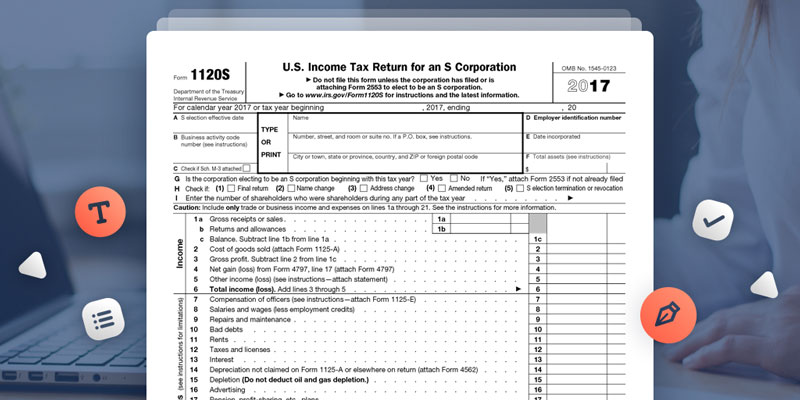To get an approximate idea of an investment property's worth; use a gross income multiplier (GIM). It is calculated by subtracting the property's selling price from its annual rental revenue. Investors can evaluate commercial real estate’s facilities like shopping malls and residential complexes using various techniques, including GIM.
Understanding the Multiplier for Gross Income
Before signing a real estate contract, every investor should thoroughly appraise their investment property. However, unlike other types of investments, such as stocks, there is no simple way to go about this. In the eyes of many experienced real estate investors, the income provided by a property is far more essential than its value appreciation. The gross income multiplier is a frequently used measure in the real estate market. When used with a price-to-earnings ratio (P/E), investors and real estate professionals can understand whether a property's asking price is reasonable.
Calculating Gross Rent Multiplier:

The gross rent multiplier may be calculated using the following formula:
- Gross Rent Multiplier = Property Value / Gross Rental Income
- The GRM would be 6.95 if the property's gross annual rent is $43,200 and the asking price is $300,000 per unit.
- $300,000 Home Price / $43,200 Rent = 6.95 GRM
GRM 6.95 is neither excellent nor terrible since there is no standard against which to measure it. The lower the GRM is compared to other properties in a comparable market, the more attractive an investment is too many investors.
Comparing Cap Rate vs. GRM
GRM is often used to estimate rental property prices based on earned gross rental profits. In contrast, the capitalization rate (cap rate) computation is used to assess what the property's worth now or should be based on the net operating income (NOI) provided to an investor.
Remember that the net operating income (NOI) does not include the principal and interest (P&I) paid on the property's mortgage. Debt service is removed from the cap rate calculation to establish apples-to-apples comparisons. This is because different real estate investors may utilize different amounts of leverage.
Cap Rate Example

Use the preceding section's property to compute the cap rate. We know that half of the gross rental income is utilized to pay for operational expenditures because of the 50 percent rule (excluding the mortgage payment). The NOI is around $26,667 for a property with yearly gross rental revenue of $53,333.
Uses of the Gross Rent Multiplier
The gross rental income (GRI) generated by a property may be estimated using the GRM formula. A lower GRM property with a higher gross rental income stream may have a similar fair market value of $300,000, while one with a lower GRM property may have a higher GRM value.
Property values can also be monitored using a gross rent multiplier. For example, your property's GRM is 7, and that of surrounding properties is 7.5. That's a sign that you're getting decent rentals and that your property manager is doing a superb job of minimizing tenant turnover while maximizing rental income.
However, suppose your GRM is more significant than other comparable properties. In that case, this indicates that you should boost your rentals because your gross rental revenue is lower than the competition. Because you're only boosting your rents to market, you're unlikely to lose any renters.
What Are The Advantages And Disadvantages of GRM?
When utilizing the gross rent multiplier, many advantages and disadvantages have to be considered.
A GRM's Advantages
- It's easy to compare homes in the same market using a back-of-the-napkin computation.
- Easy-to-follow formula for determining the value of the rental property for the first time.
- This is a valuable screening tool for determining which real estate investments have the most upside potential.
- GRM focuses on the rental revenue rather than the property price, price per square foot, or price per unit.
- The gross rent multiplier can appraise rental property by both sellers and purchasers. The asking price may be more excellent, but the GRM may be lower if the home has been extensively upgraded and rented to excellent tenants. The price may be below market or the gross rental income more significant. Thus buyers searching for a good bargain may look for a property with a lower GRM.
The Drawbacks of GRM
- As previously mentioned, the gross rent multiplier method does not consider operational expenditures.
- As a result, a property with a low GRM may not be as appealing as it appears if there are substantial deferred maintenance issues.
- Due to typical tenant turnover or a poorly kept property requiring longer rent, GRM does not consider lost rental income.
- Some investors believe that GRM quantifies the time it takes to pay for a property, but GRM compares the gross rental revenue generated to the property value.




